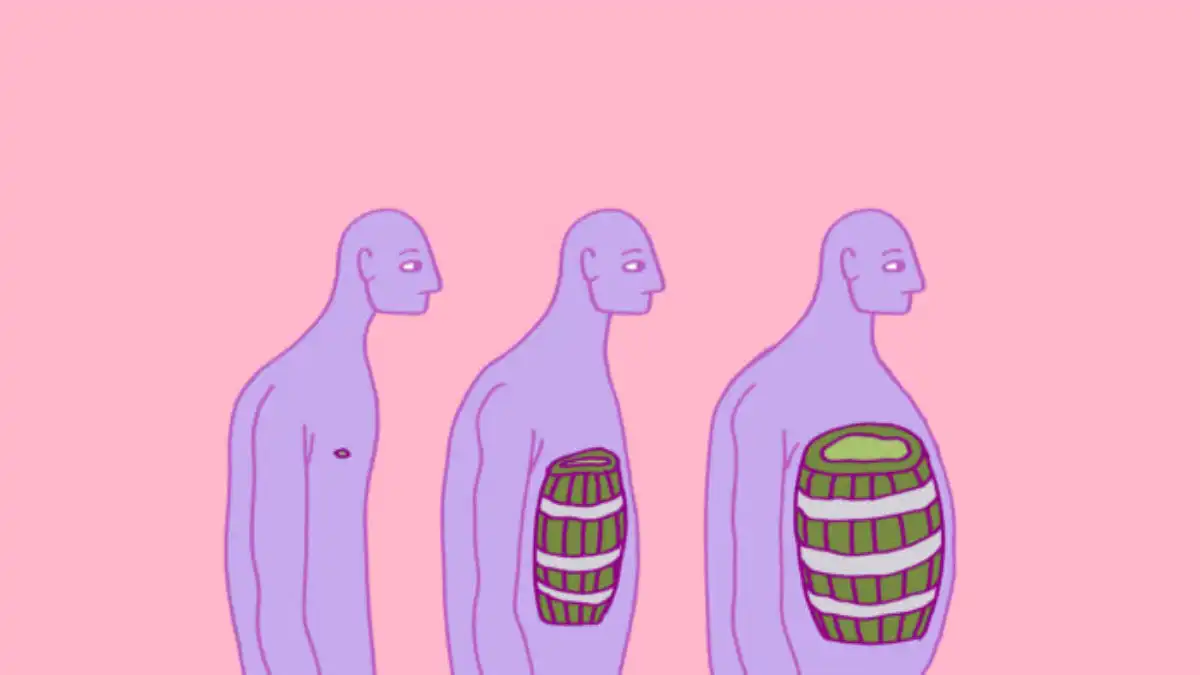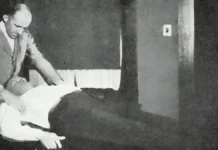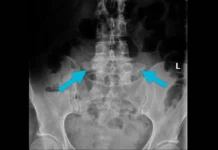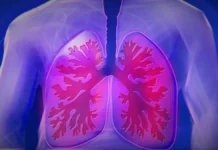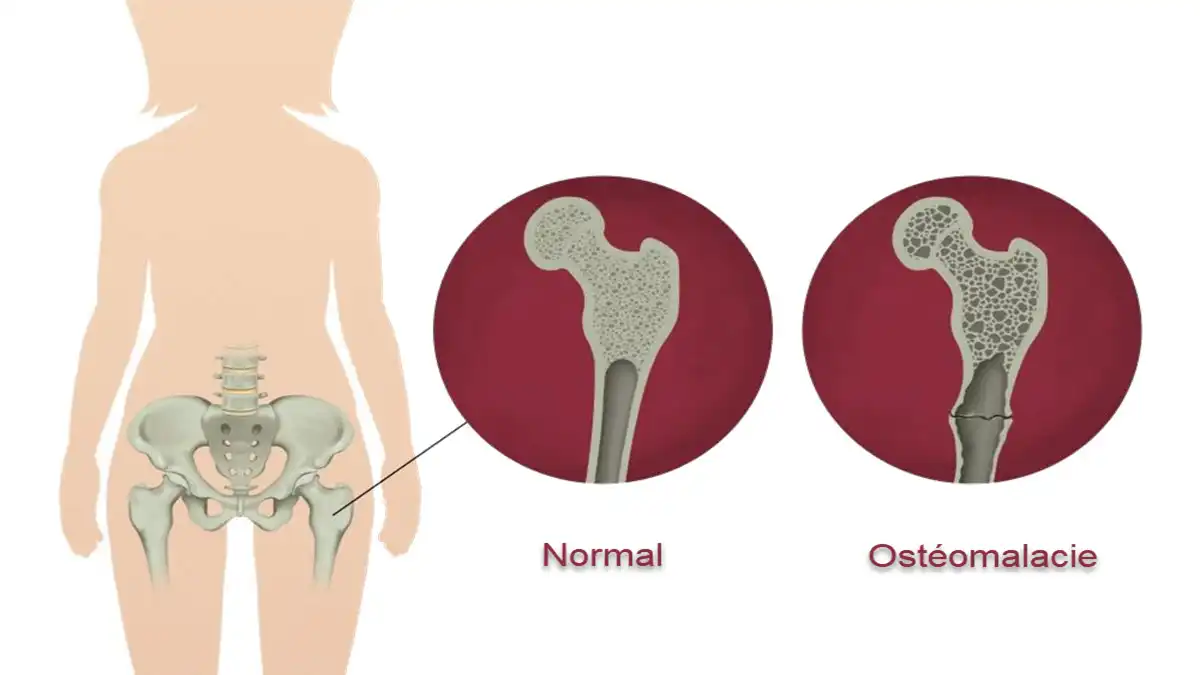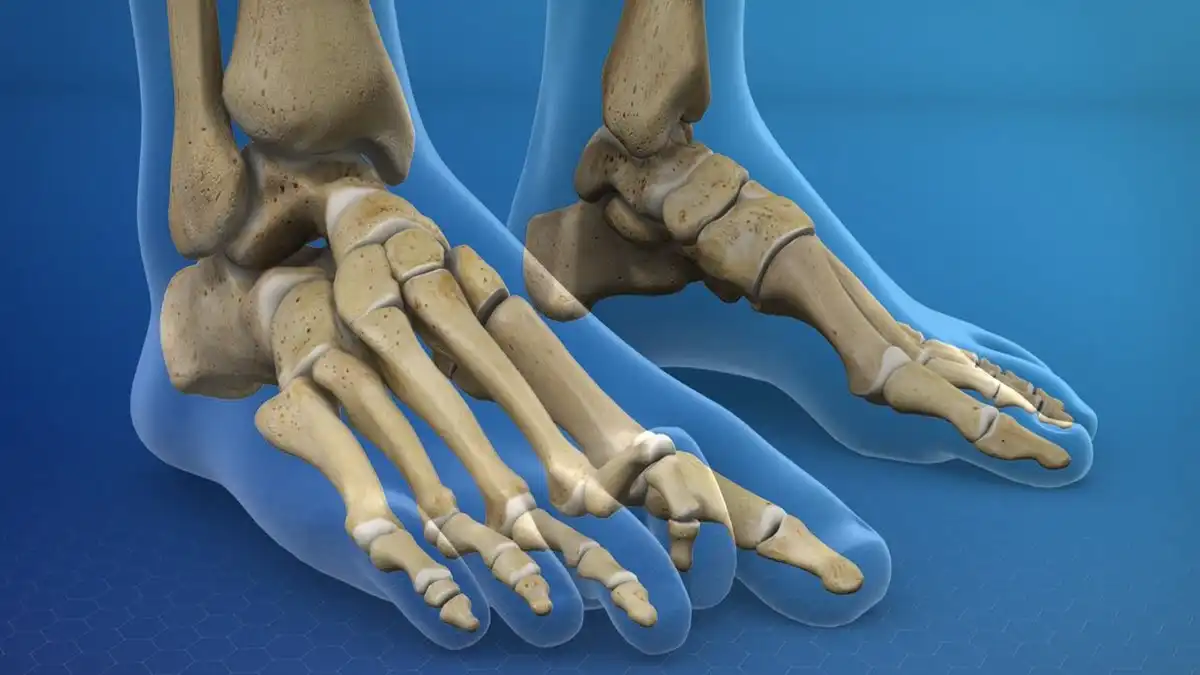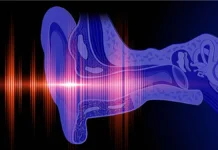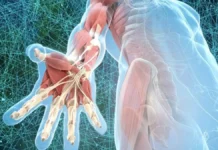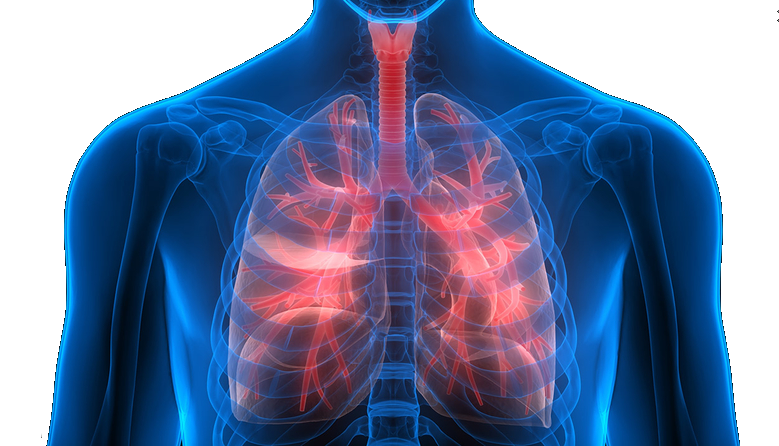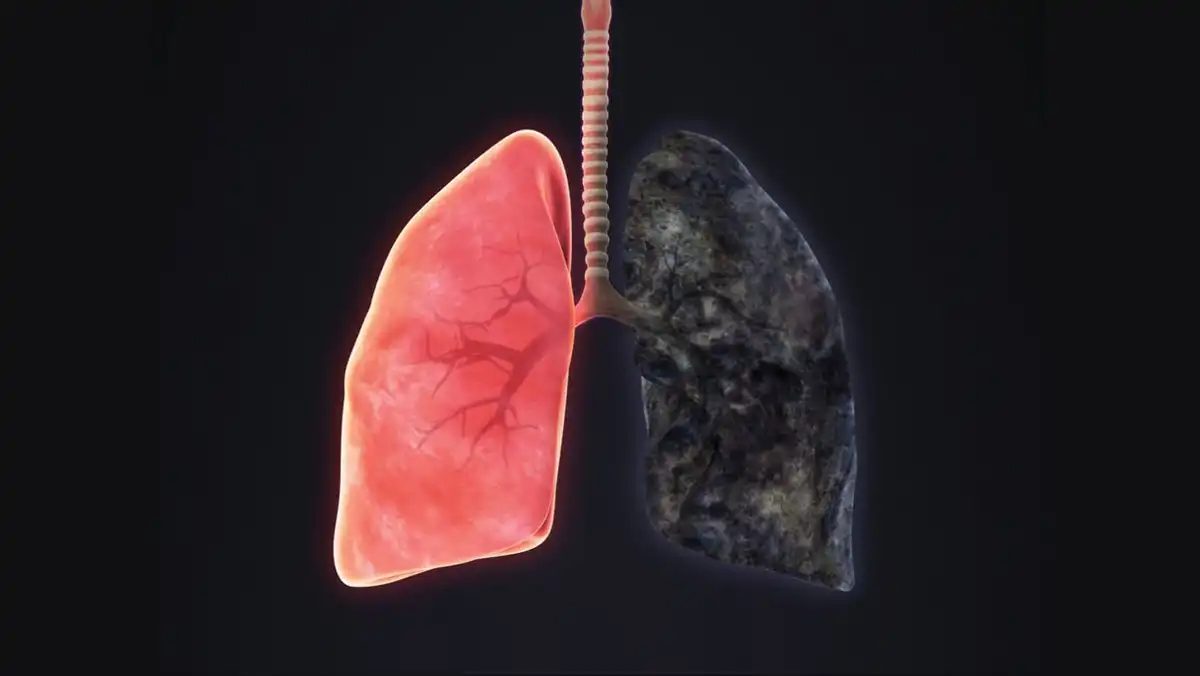Barrel chest is a physical condition in which the anterior posterior distance of the rib cage is almost equal to its width.
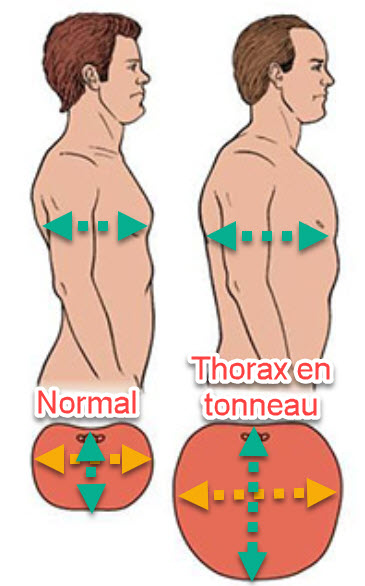
The rib cage takes the shape of a barrel and will be caused by chronic lung disease because the lungs have difficulty emptying.
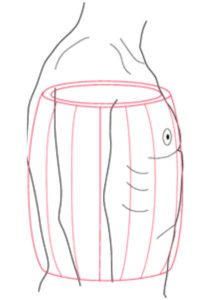
Chronic obstructive pulmonary disease (COPD)
Barrel chest often results from COPD, a respiratory disease that includes emphysema and chronic bronchitis. It is a serious disease that gets worse over time. A person with COPD may not be able to function fully without ongoing care once the condition reaches its final stage.
People with COPD find it harder to breathe over time. This is because COPD damages the lungs in four different ways:
- Different parts of the lungs become less able to stretch or expand and contract.
- The damage occurs in the walls of the air sacs, or alveoli, where the exchange of oxygen and carbon dioxide takes place.
- The airways or pathways through the lungs become irritated and swollen.
- Extra mucus is produced and blocks the airways.
- The chest area may change shape to resemble a barrel and the shape of the diaphragm, a key muscle for moving air in and out of the lungs, will also change. It loses some of its length and thickness and becomes weaker.
If the lungs are not fully functioning, it may be difficult to breathe in or out completely. The lungs remain partially inflated most of the time and the rib cage remains expanded.
This state of hyperinflated lungs can result in a barrel, normally in the later stages of COPD.
Emphysema
Emphysema is another COPD disease that could also lead to barrel chest. The lungs remain constantly inflated with air. A chronic cough and shortness of breath after physical activity are the two most common signs and symptoms of emphysema.
Other symptoms include:
- difficulty breathing
- higher rates of oxygen used, even at rest
- high levels of carbon dioxide in the blood
- limited ability to exercise
- severe shortness of breath
Osteoarthritis of the costovertebral joint
Osteoarthritis is a disease that causes the breakdown of cartilage at the ends of bones.
A barrel chest can develop if osteoarthritis develops where the ribs meet the spine. Stiffness occurs and the joints in the ribs lose their flexibility. Eventually, the ribs may appear to be stuck outwards.
The disease occurs most often in the spine, hands, hips and knees. Stiffness and swelling are two of the most common symptoms.
Other symptoms:
1. Inability to work hard
The most common complications in patients with asthma occur at the beginning of their work and require a constant supply of pxygen. In asthma, the patient cannot breathe much. During exercise, the body demands more oxygen and breathing.
The lungs do not fulfil this function and reduce the oxygen supply considerably. A patient may enter a block without being able to respond to an external stimulus. When exercising, the body needs more oxygen. The body is not able to obtain oxygen quickly, because at a time when the CO2 concentration in the lungs was increasing, the risk of complications increased with the CO2 saturation of the body.
2. Hypoxia (less oxygen in the body)
The person’s capacity to absorb oxygen is reduced. Hypoxia is a serious problem, where the lack of oxygen to the body’s organs leads to organ dysfunction.
Hypoxia – This is the state of the body, in which the oxygen level is lower than normal. Hypoxia can cause a severe asthma attack.
3. Fatigue
The body produces less energy because of the lack of oxygen. In asthma, our body does not; receive sufficient oxygen.
Now, the lack of energy causes fatigue and can therefore make everyday life difficult.
4. Lung dysfunction
Lung dysfunction can complicate lung collapse, lung infection. Lung dysfunction is one of the main complications of asthma. Insufficient oxygen supply and increased CO2 volume in the
5. Pneumonia
Pneumonia is rarely found in asthma. It can be severe in chronic asthma patients. Pneumonia causes pus to form in the lungs. With little breathing, less oxygen is supplied to the cells, even death. It more than increases the chances of pus forming in the lung area. This can cause many complications, such as lung failure.
It is important to reduce the cause of this lung irritation. Cigarette consumption and ambient air pollution must be reduced. Having an air filter will help remove ambient pollution and help keep your lungs healthy. If you are a smoker, it is never too late to quit. Arthritis of the costoclavicular joint will be less likely if you maintain a healthy weight.
- Control of irritants (smoke, pollen, dust, etc.)
- Diaphragm release (trigger point therapy)
- Cervical, dorsal and rib mobilization and manipulation
- Relaxation session with emphasis on breathing technique (Learn to control your breathing and not be controlled by it)
- Good physical shape
- Weight control.


